Many animals experience a different version of the world than we do, because they perceive stimuli that escape us, such as electrical impulses, magnetic fields or light beyond the range we call visible. This does not detract from the fact that humans are endowed with an excellent repertoire of bodily senses, all of them powerful and finely tuned. But if we consider each sense separately, some other species are true super-champions of sensory perception.
Sight
Humans enjoy one of nature’s most versatile senses of sight, thanks to the four types of photoreceptors in our retina: rods are very sensitive to light, giving us reasonable night vision, albeit in black and white; we also have three different types of cones, which divide the wavelengths of visible light: red, yellow-green and blue. Cones are less sensitive than rods, but allow us to appreciate colours. In short, human vision is the best among mammals and one of the best in the entire animal kingdom, encompassing between 1 and 10 million colours.
The record number of photoreceptors in the animal world is held by the common bluebottle butterfly (Graphium sarpedon), with 15 distinct types, and by the peacock mantis shrimp (Odontodactylus scyllarus), an Indian Ocean crustacean with between 12 and 16. The eyes of the latter are the most complex ever studied, with three overlapping pseudo-pupils that scan the environment and provide 3D vision in each eye.
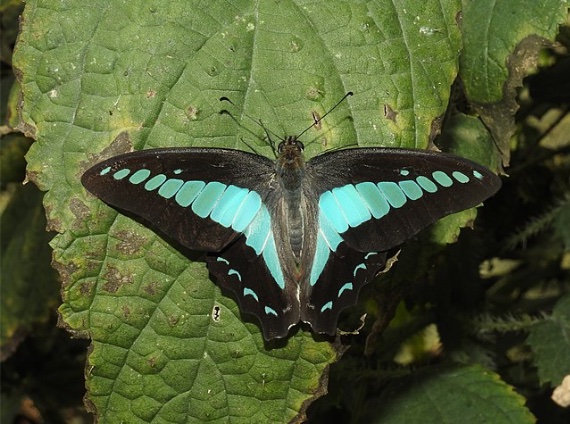
Vision is not limited to the repertoire of photoreceptors. The eyesight of birds is superior to ours, and in visual acuity the prize goes to the eagles, which outperform us by four or five times. They achieve this thanks to a deeper fovea centralis with a higher density of cones. As in all birds, their colour perception is excellent, and their field of vision covers up to 340 degrees compared to our 180.
While other species do not match these records, they do have eyesight uniquely adapted to their way of life: the vertical slit pupils of cats and other predators offer a range of dilation and contraction more than 10 times greater than ours, ideal for alternating between day and night. The horizontally elongated pupils of sheep and other herbivores give them a panoramic field of vision that minimises the blinding effect of the midday sun, like a visor. Owls have large eyes with a rod density five times greater than ours, endowing them with the best night vision in the animal kingdom. Animals with good night vision often have a mirror in their eyes called the tapetum lucidum, which increases the amount of light reaching the retina (and makes their eyes glow at night); sharks use this to see 10 times better than we do underwater.
Hearing
Humans also have pretty decent sense of hearing compared to other animals, but there is a whole world of sounds beyond our audible range (between about 20 and 20,000 hertz). Animals specialised in hearing ultrasound—such as dolphins or bats, both gifted with echolocation—can reach frequencies of up to 100,000 hertz. But the absolute known record is held by a humbler animal, the greater wax moth (Galleria mellonella); its hypersensitive hearing, which can reach up to 300,000 hertz, is used to escape from bats. According to the study that discovered this ability, the moth is “ready and armed for any echolocation call adaptations made by the bat in the on-going bat–moth evolutionary war.”
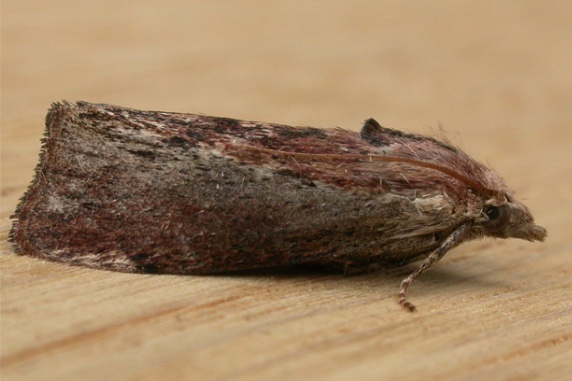
On the other hand, the animals most sensitive to ultrasound are often hard of hearing at the lowest frequencies. There are infrasound specialists such as elephants, whose sounds of up to 1 hertz help them keep in touch at distances up to 10 kilometres away, as they can detect these vibrations through their feet. The domestic pigeon may hear even lower frequencies. But neither of these animals can reach our higher frequencies. If we are looking for animals that outperform us at both low and high frequencies, some cetaceans are good candidates: the blue whale can hear from 7 to 35,000 hertz; the lower frequencies allow them to communicate over long distances in the ocean.
Taste
The ability of humans to taste is limited to the tongue, which houses our taste buds. This is one option, but there are others; catfish have taste receptors scattered all over their bodies—although more concentrated on their chins or the whiskers around their mouths—allowing them to locate their prey in the muddy, murky waters in which they live. Compared to our 10,000 taste receptors, the largest catfish can have as many as 175,000.
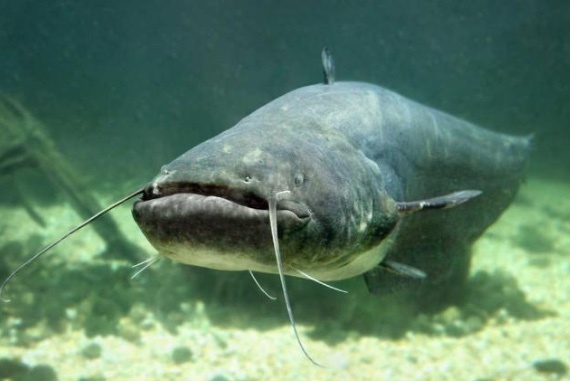
Many insects have taste receptors in the hairs that cover their bodies: flies use the hairs on their legs to trigger their proboscis automatically as soon as they land and detect food. In addition, some of these taste neurons are connected to the system that controls movement, so that the insect stops immediately when it receives the taste stimulus.
Smell
The size of our repertoire of odour-receptor genes ranks 13th of the species analysed in one study. We even outperform dogs in detecting certain odours, such as those found in bananas, urine or human blood. However, it is true that dogs’ noses are far superior to ours in general. It is often said that their sense of smell is 10,000 to 100,000 times better than ours. Dogs can follow scent trails for kilometres in the same way that we can follow a line on the ground.
However, dogs are not the champion sniffers in the wild. “Dogs are generally thought to be a good smeller, but they do not have a particularly large number of olfactory receptor genes,” according to Yoshihito Niimura, co-author of the comparative study. Dogs are outperformed by horses, mice, cows and rats. And, of course, bears.
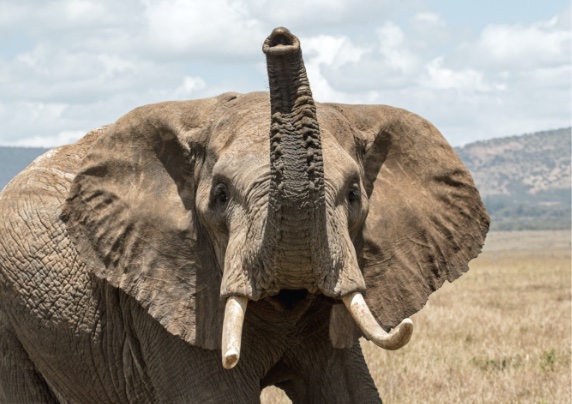
According to the US National Park Service (NPS), the black bear has a nasal mucosa 100 times larger than ours, and its sense of smell is seven times that of a beagle. It can smell food from several kilometres away. “With 300 to 500 bears roaming Yosemite at any given time, it’s more than likely that at least one of them is smelling you at all times,” says the NPS. Its larger cousin, the polar bear, is said to be able to smell a seal from 32 kilometres away, and from almost a kilometre away it can smell the hole in the ice through which a submerged seal is breathing.
But even bears are no match for the elephant, the undisputed olfactory champion. With 1,948 receptor genes, it more than doubles the 811 of dogs. Niimura points out that their dexterous trunk, an extraordinary nose, also functions like a hand, so these animals are continually exploring the world through smell.
Touch
The star-nosed mole (Condylura cristata) deserves special mention: not only is this animal the acknowledged record holder for the sense of touch, with its peculiar nasal appendages crammed with mechanoreceptors that give it six times the sensitivity of the human hand, our most sensitive area, but it can also sniff out food underwater. To do this, it exhales small air bubbles that it keeps attached to its nose and which are impregnated with odorous stimuli from the water, which it then inhales back into its nasal mucosa. Common moles smell in stereo, with their two nostrils acting independently.
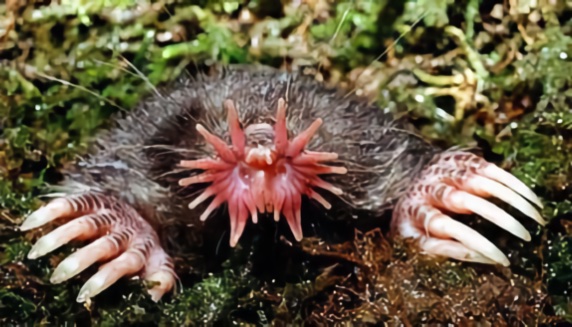
In short, there is much to admire in the senses of animals, and still much to discover. But we humans don’t actually do too badly. John McGann, an academic researcher from Rutgers University, noted that humans are unique in one sense, that smells “can evoke strong emotional and behavioural reactions as well as prompting distinct memories.” Only a human, by the name of Marcel Proust, could have written more than 3,000 pages from the sight, touch, smell and taste of a madeleine cake.
Comments on this publication